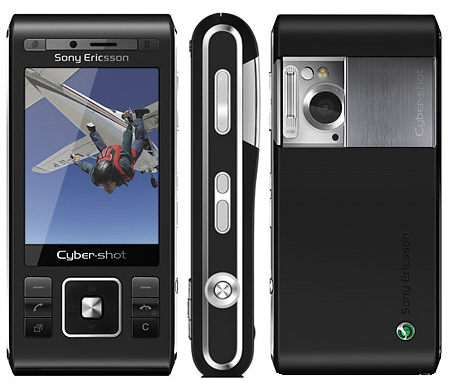In July 2007 Vodafone rolled out its mobile internet service with much fanfare. One of its promises was to deliver mobile content formatted for mobile phones that conserves bandwidth and makes it more appropriate for the smaller screens of mobile devices relative to desktop computers. At that time Vodafone also began offering a reasonably priced flat rate data plan for this service.
Unfortunately the mechanism by which content is formatted for mobile devices presents challenges for mobile developers. Vodafone’s WTE (Web Translation Engine) uses a Novarra transcoder to reformat web pages, downsize & downgrade images, etc. The WTE system does this by intercepting HTTP requests from the mobile device, mangling the HTTP headers of the request and resubmitting the request. When it receives the response, it then performs several transformations on the data, including changing the HTTP headers of the HTTP response and then sends the response back to the mobile device.
Probably the most dire consequence for mobile developers is that the WTE system changes the “User-Agent” header of the request to dupe web servers into thinking that the request is not coming from a mobile device, but a desktop web browser (specifically the Mozilla desktop browser). Sites that have specially formatted their content for mobile devices often depend on the “User-Agent” header to determine whether they should return the mobile format or desktop format of their sites. The system has a few way to circumvent this, by hosting content at specifically formatted domain names or by setting a “Cache-Control: No-Transform” header on the request. These methods are discussed here.
This prevents HTTP responses from being transformed, but what it does not do is prevent HTTP requests from mobile devices being transformed. I’ve found that when I make HTTP requests from a mobile device with certain HTTP headers set for things like security, the WTE system strips these off and submits a request to my web servers without these headers. Naturally, this is frustrating. Vodafone UK are looking into this for me and hopefully I will get an answer soon. One thing they can do is put my domains on a white list so no requests or responses will be transformed at all, but Vodafone UK certainly aren’t the only company using Novarra transcoders and I don’t envy having to submit white list requests to all of them. I’m hoping there is another solution that is not yet publicly documented.
Issues relating to the WTE system are discussed on Betavine in this Betavine forum.
![]() Pick up the app below.
Pick up the app below.



